If you’re reading this you probably want 1 of 2 things:
- Get skinny (ladies, holla!)
- Get ripped (dudes, sup?)
Both of these goals have one thing in common: lose body fat.
And if you want to lose body fat then this going to be one of your favorite posts because it’s overflowing with my best tactics for weight loss. No stories, no fluff, and no hype — just practical tactics that work and can be implemented tomorrow.
Even better, none of these tactics or rules for weight loss require you to workout at all, go to the gym, or subject yourself to the common advice of working out harder.
Sound too good to be true?
Hey, I didn’t say implementing these rules was going to be easy. Nobody said it was going to be easy, but if you implement them — it will be worth it because you will drop weight and cut body fat.
This is part 1 of a 2 part post. Today I’m sharing my top 5 rules. The next post (which I haven’t created yet) will have rules 6-10 so stayed tuned!
The more of these you implement, the more weight you will lose. The more strict you are about implementing these rules, the more weight you will lose. The longer you follow these rules, the more weight you will lose.
1. Intermittent Fasting or Micronutrient Fasting
This is by far one of the most effective strategies I’ve ever used for dropping weight, especially body fat, very quickly. I’ve seen people lose body fat and even increase muscle mass very rapidly using this strategy. It’s one of my go-to strategies when working with clients and it was a game changer for me personally. It was the difference in going from 10% body fat down to 5-6% body fat in less than 6-months.
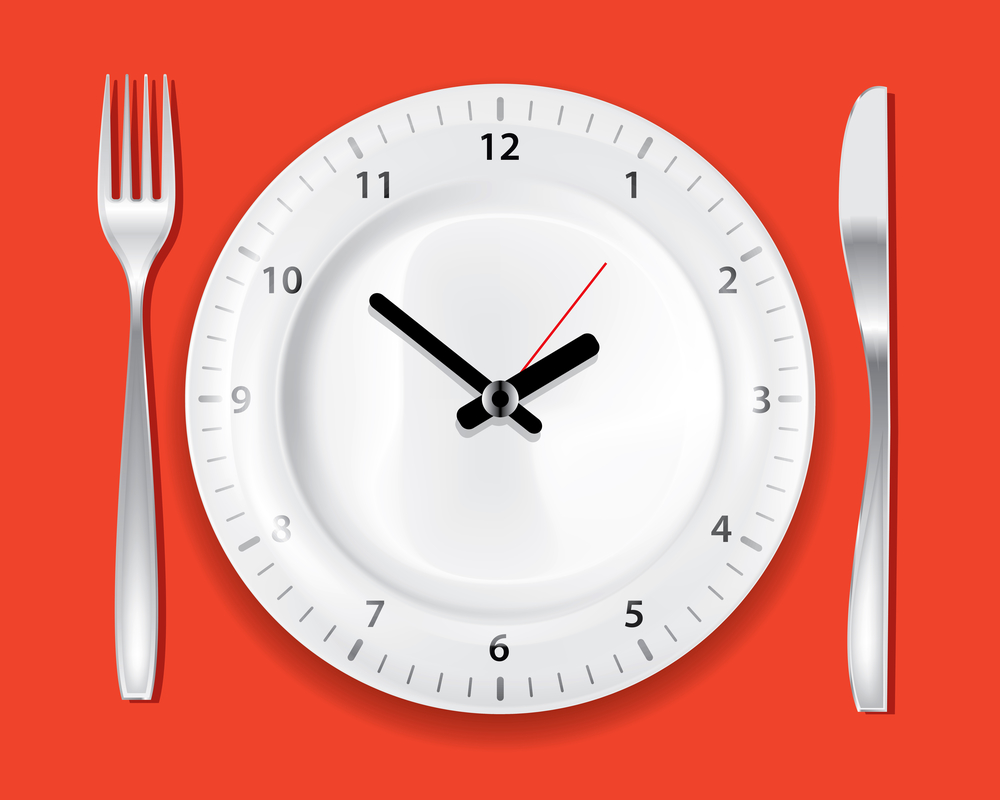
How does it work?
Intermittent Fasting: Only consume water, unsweetened coffee/tea, electrolytes, or BCAAs during your fasting window. Your “fasting window” includes sleep and will last for at least 16 hours but no more than 20 hours. It’s easier than you think. Only trace calories are allowed and nothing that will raise your insulin.
You eat for approximately 4-8 hours during your “eating window.” During that time you will consume all your calories for the day. This isn’t hard either unless you are trying to add mass or get huge, in which case — it’s hard as hell to eat that many calories in such a short time. For fat loss, it’s easy.
Micronutrient Fasting: You will consume 1-2 mixed green & probiotic shakes like Green Vibrance or Fermented Green Supremefood during the day to provide you with all your micronutrients. These shakes should not have much if any protein in them and should be 100 calories or less.
You can also consume water, unsweetened coffee/tea, BCAAs, electrolytes, stevia sweetened water, and 1-2 Tbsp of coconut oil or MCT oil (only consume the fats if needed due to hunger or for focus/brain fog). You will then follow the same “eating window” pattern as IF and eat the bulk of your calories during a 4-8 hour period.
One note of caution on Micronutrient fasting. Personally, I’ve found that if I take in any green drinks or fats like coconut/MCT oil that I actually get ravenously hungry. As a result, I inevitably break my fast. You need to try it yourself and see which of these will work best for YOU. I’ve had clients that feel the same way, then again I’ve had clients that feel awful doing IF but great when doing micronutrient fasting. Run a 2-week experiment on each to see which works better.
How well can this strategy work?
I’ve seen clients drop a couple of pounds a week for a few months. I also once had a client that dropped 1 pound per day for 2 straight weeks. I couldn’t explain it. It really depends on how much body fat you have to lose. Of course, some of this loss is water weight but certainly not all of it.
Below are the results from one of my clients that tried intermittent fasting. Look at his body fat and fat mass for the first 5-6 months we worked together. Minor results, nothing to really get excited about. Same with his fat-free mass (including muscle mass). Nothing exciting. Then look at what happened when he finally started IF in February 2015. Shit got real.
It took me several months of coercing to convince him to try it. Like most people, the thought of not eating for 16hrs seemed outrageous, backward, and difficult. Also, like most people that try it — he found it to be pretty easy and he actually loved it. More importantly, he loved the results.
Had he not tried it, he probably would have quit. Luckily for me, I was able to convince him to try it and as a result he lost weight, dropped a ton of body fat, and increased his muscle mass. And selfishly, he kept working with me (i.e. paying me) to train him, I got a fabulous testimonial out of it, and I got all the warm fuzzy feelings associated with someone telling you that you changed their life for the better 🙂
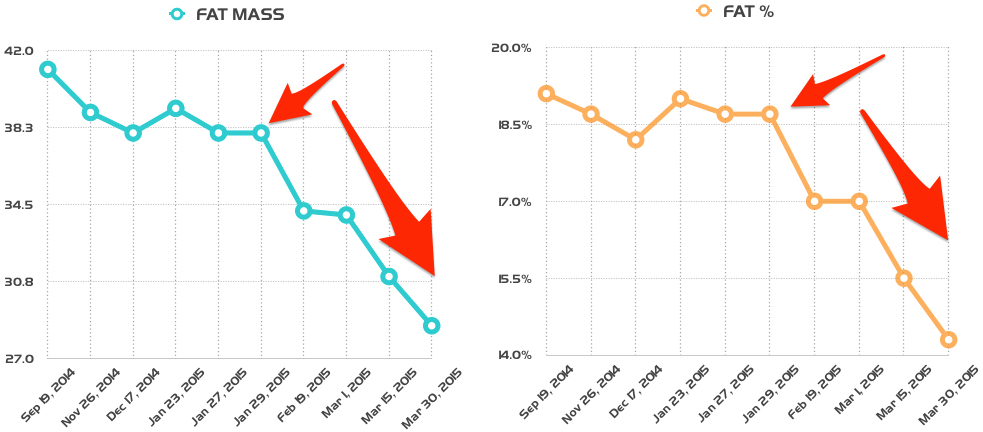
“I have lost 20 pounds and feel better than ever. I can’t thank Jackson enough. I have worked with several trainers in the past and he is by far the best!” – Bryan

Since I haven’t written a long piece on intermittent or micronutrient fasting yet, if you want more information on it check out these resources:
- Intermittent Fasting by James Grage (Video: part 1)
- Intermittent Fasting by James Grage (Video: part 2)
- Top 10 Fasting Myths Debunked
- Fasting Twins Explain IF (not PC but funny and good info)
- Elliot Hulse Micronutrient Fasting
2. High protein diet
This one should be a n0-brainer, but I’m still shocked by how many people still eat a low protein diet. Seriously, we’re talking like 75g of protein per day or less for a 200lb male! This is especially true for my female clients. I know what you are going to say, so for the record: you don’t have to consume protein like a bromaniac meathead (see video below) to lose weight. However, a good rule of thumb is to consume about 1g per pound of bodyweight. That’s 200g for a 200lb male or 140g for a 140lb female.
Why does this work?
Protein helps build and preserve muscle mass. The more muscle you have on your body the more calories you burn per day. Remember, the ultimate goal is to lose body fat not just overall weight. Protein helps with this and prevent you from getting “skinny fat.” FYI ladies — this is not hot. It’s kinda gross so stop it.
Protein helps you feel more satiated for a longer period of time helping you avoid overeating. Eating a high protein has the added benefit of helping you so you don’t feel edgy, agitated, and pissed off like most people do when they are on a diet. I believe the word hangry fits well here.
Protein burns more calories and takes more energy for the body to digest than carbohydrates or fats. This is called diet induced thermogenesis (DIT). Protein takes the most energy to digest followed by carbohydrates. Fats take the least amount of energy to digest.
Does the type of protein you eat matter?
Actually, yes – sorry vegans and vegetarians but this study shows animal protein takes more energy to digest than plant based protein. That doesn’t mean you’re totally screwed and a high protein diet made up of mostly plant sources will not work for you — it just means that if you have the option based on your lifestyle choices… animal protein is the best choice for weight loss. Plus, a steak puts hair on your chest. It’s science. Just sayin…
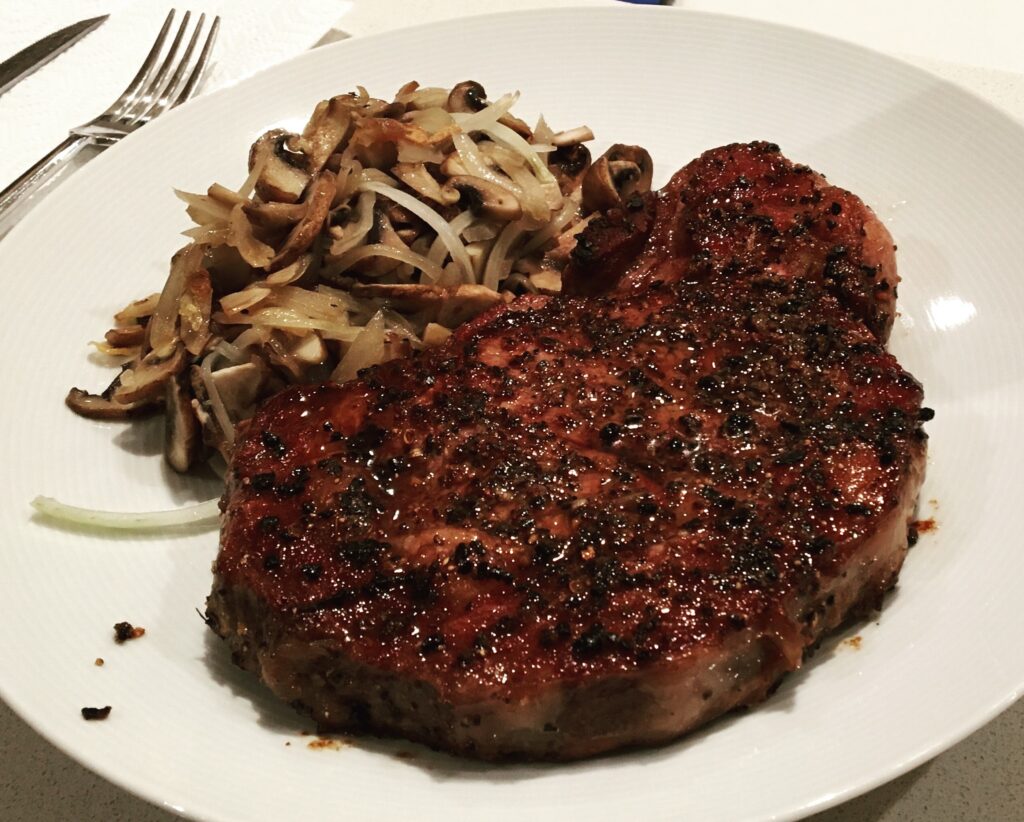
I make a badass steak. Just sayin. Always paired with a Napa Valley Cab or Zin if I go heavy on the pepper. Ribeye of course, cooked in butter. I get excited just thinking about it!
How much should I take?
Like I said, 1g per pound of bodyweight is a great starting point. However, if you are trying to lose weight and drop body fat I typically recommend 1.2 – 1.5g per pound of bodyweight. That means 40-50% of your calories will be coming from protein. The leaner you are and the less body fat you have to lose, the more protein you’ll need to eat in order to help preserve as much muscle mass as possible.
A 200lb man trying to lose weight should be consuming 240 – 300g of protein per day. A 140lb female trying to lose weight should be eating 168 – 210g of protein per day. Remember, you still must get a caloric deficit for the day! If you eat a ton of protein but overeat by 500-1,000 calories every single day it isn’t going to matter — you’re simply going to get bigger and fatter not leaner and smaller.
3. Avoid “white” starchy carbohydrates
I can hear the whiners already… wah! Oh boohoo. Do you want be fat the rest of your life or lean, toned, and hot? Side note, I read an interesting study that showed that thin people actually have more sex than overweight individuals. I’m just kidding, skinny women and ripped dudes are waaaay tooooo self conscious and self-absorbed to have that much sex. Plus it’s tough to have sex when you’re always too tired from hitting the gym.
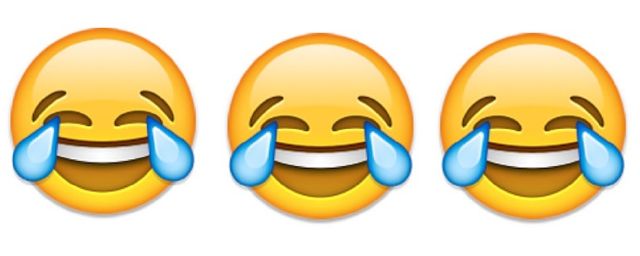
It’s actually MUCH easier than you think. I promise. And I’m not telling you to avoid ALL carbs… just things like bread, rice, potatoes, pasta, oatmeal, and other grains. Instead, you can eat veggies and legumes such as lentils, black beans, pinto beans.
If you go strick “slow carb” you can eat both starchy and non-starchy veggies. However, I prefer a modified version of slow carb where you avoid starchy veggies. It seems to be much more effective in my experience.
For example: corn, peas, parsnips, potatoes, pumpkin, squash, zucchini and yams are all examples of starchy vegetables that I like to restrict with clients. Non-starchy vegetables are typically flowering parts of the plant. Lettuce, asparagus, broccoli, cauliflower, cucumber, spinach, mushrooms, onions, peppers and tomatoes are all considered non-starchy vegetables. On my modified version of the slow carb, you can eat as many non-starchy veggies as you can handle.
I got the original slow carb rule from my favorite San Franciscan, Tim Ferriss in his New York Times Bestseller The 4-Hour Body. Amazing book. This rule is part of his slow carb diet. Here is a fairly exhaustive list of “slow carb” approved foods that you can eat. This is for traditional strict “slow carb” and not the modified version I like to do with clients. I don’t follow this particular rule myself, but I’m also at 6% body fat and I’m trying to build muscle and gain weight. Different goals.
My suggestion would be to start with traditional strict “slow carb” until you feel progress has stalled or until you aren’t losing as much weight as you want. Once you reach that point you can modify it and exclude starchy veggies. This should kickstart your weight loss and get you going back in the right direction.
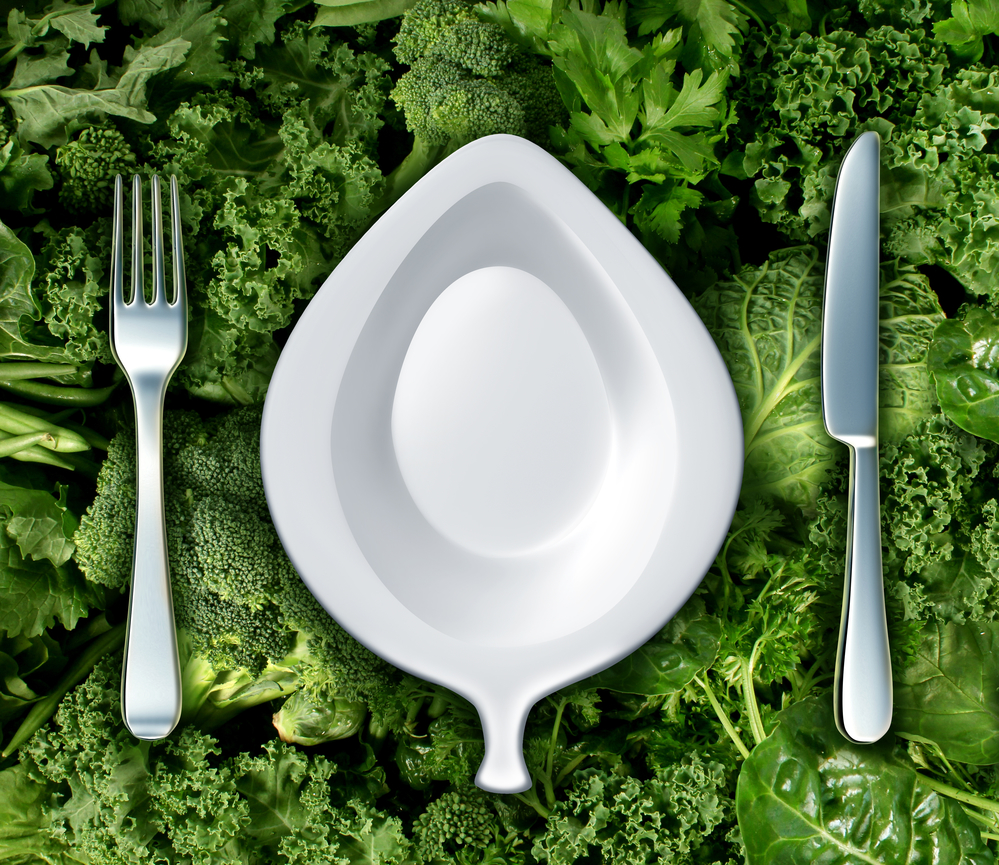
Real Life Example:
Two weeks ago, I had a female weight loss client talk my ear off for 5-minutes about how restricting and impractical this diet was and how it was simply impossible for her to follow. After a reminder about her weight loss goals and the urgency at which she needs to lose to weight for a big event coming up — she agreed to try it. I was able to convince her to try it for just 2-weeks. If she hated it and/or didn’t lose any weight we’d try something else.
The results?
In two weeks she lost 6lbs. Life changing? No. Promising? Very. She’s certainly singing a different tune. During our last conversation she surprised at just how easy it is to follow and how many of her favorite foods actually fit the profile — even when eating out with coworkers during work lunches and dinners.
My success rate with clients targeting weight loss when following this rule is 100%. Compliance is about 80% after the two week testing period. The clients that can’t stick it out just don’t want to lose weight that bad. Whether it’s an invisible script, identity issue, or something else — they just don’t want it bad enough because they all lose weight using this approach.
Need more proof? Just check out these real-life case studies: How To Lose 100 Pounds On The Slow Carb Diet and How To Lose 20lbs. of Fat in 30 Days Without Exercise.
4. Cut Out or Severely Limit Alcohol Consumption
It’s shocking how many overweight or even just regular people that want to lose weight don’t seem to understand that high alcohol consumption is directly linked to increases in body fat. I like to have a drink as much as the next fella and I even like to consider myself a wine snob, but I learned this lesson in my early 20s and have since changed my behavior. The result is a sustainable sub-8% bodyfat percentage. I’ve already made this mistake, learn from me:
- Don’t drink everyday.
- Don’t get hammered when you do drink.
- If you know you’ll be drinking heavily take precautions such as avoiding dietary fats and eating only proteins and vegetables to avoid any fat gain.

I’m such a wine snob. I love it!
If you’re already following these rules, well — good for you Christian Bale. You needn’t change a thing. However, if you find yourself drinking every single day or regularly binge drinking on the weekends — you can forget about losing serious body fat in the foreseeable future unless you start working out for 2hrs per day, taking illegal substances, or get surgery. However, these are not going to be a healthy or sustainable options that will lead to long-term success.
Side Note: Getting hammered doesn’t just stop fat loss, but it also prevents muscle gainz. I can recall in college working out in the gym like an animal with all the other baseball players then going out, getting hammered like 3 days per week, and eating crappy cafeteria food. Hmm, no wonder it was soooo damn hard to get GAINZ back then. Story over.
So, why does alcohol consumption lead to weight gain?
Of course, there are several reasons but the biggest among them is this:
When people get smashed they often make terrible food decisions especially in regard to fatty foods. For example, how often have to had a couple of drinks and hit the In-n-Out drive through or crushed a few slices of pizza?
The wine snob example of this would be crushing a bottle of Duckhorn Sauvignon Blanc while demolishing a block of goat cheese paired with duck liver pate. Just as an FYI, in case you want to send me anonymous gifts in the mail Duckhorn is absolutely phenomenal and it’s easily one of my favorite wines to drink.

Yup, that’s a beer in my hand. Dave Matthews Band does crazy things to me. And yes, those are Doritos on the table! See, I’m not a total nerd 😉
It’s not the alcohol itself that makes you fat, it’s overeating and all the terrible food you eat while you’re tripping billies. Simply put: when you drink, your body completely stops oxidizing fat and must prioritize processing the alcohol above proteins, carbohydrates, and fats.
Why does this matter?
It matters because among the 3 macronutrients, fat is the easiest to convert into body fat. Doh! Congratulations… as a result, that double double with fries and a choco shake just went straight to your ass. Good luck burning that off tomorrow. You’ll only need a few hours of exercise… that’s all 🙂
“Eat, drink, and be merry for tomorrow we may die cause we’re tripping billies.” – Dave Matthews
Another reason alcohol consumption leads to increases in body fat is because of the ripple effect it has on your choices in the subsequent days after binging. The next day you’re often super tired, don’t feel like doing much, dehydrated, and again — make poor food decisions. How many times have you eaten something greasy the next day to nurse your hangover? Yeah, we’ve all been there.
Then there is the workout you skip the next day and possibly the following day. For example — yes, I’ve done this — you get hammered on Saturday night. On Sunday you recover: no workout, minimal physical activity. On Monday morning you wake up tired as shit dreading the work week ahead because you basically didn’t sleep on Saturday night and now you’re trying to play catch up. FML.
Do you workout on Monday morning? Hell no, you’ll workout after work in the evening… at least that’s what you tell yourself until you finish work and decide to skip the gym because you’re “too tired” and you’ll hit it extra hard on Tuesday when you’re more rested.
I’m not making this shit up, like you — I’ve done all these things too. I’m not a T-1000 workout machine… I’m human and I’ve made these same mistakes. That’s why I know exactly what you’re going through.
Does this mean you can never drink alcohol again?

Hell no! I typically have 3-5 glasses of wine over the course of a weekend (I’m partial to California Zinfandel) and I have a wedding next month in Dallas that’s top-shelf open bar. You better believe I’ll be getting after it. Open bar dude!
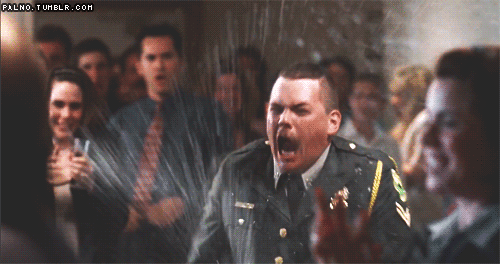
But… I’m not getting rocked every single weekend, I’m not have a few drinks every single night, and I’m taking precautions such as avoiding dietary fat and eating lots of protein when I do drink heavily.
As one of my mentors, Dan Sheridan of Sheridan Mentoring always says, “In life, everything has trade-offs.” You simply cannot drink a bunch of alcohol and eat your cheeseburgers too, at least not at the same time. If you want to drink then you must make trade-offs or sacrifices. Here are your options:
- Have 1 drink per day.
- Think Tim Ferriss’ slow carb diet rule. If you’re an all or nothing person like me, this won’t work for you. If you like little treats, this will work great. Be self aware. Know thyself.
- Drink in moderation 1-2 days per week. Moderation being defined as 3-6 drinks total for the week.
- Seriously, if you need 5-6 drinks per night then I think there is another problem or you’re in college and I’m very jealous of you. I get older, they stay the same age.
- Binge drink occasionally. Occasionally being defined by 1x every other week or 1x per month.
- Binge drinking every weekend or more often is going to be difficult to overcome unless you are super disciplined and have a great system created to minimize the damage, ensure you don’t skip workouts, and eat properly (no/low fat & high protein on drinking days). It is, however, possible to do.
Note: I’m not joking, limiting your fat intake during moderate-high alcohol consumption will do wonders for helping you prevent fat storage. Ideally, eat high protein and try to get all carbs from veggies. Also, avoid sugary drinks if possible in favor of wine or straight liquor. You can also give the Norcal Margarita a shot, I drink these when I go out for Mexican food.
Here are two of my favorite resources on healthy alcohol consumption:
- The Truth About Alcohol, Fat Loss and Muscle Growth
- Does Alcohol Consumption Affect Weight Loss and Muscle Growth?
5. Drink a gallon of water per day
If you want to further cut the fat and even build muscle then you must drink water and lots of it. I’m talking about a gallon (128oz) a day for men and 100oz for women.
Why so much water?
Well, drinking water helps your body detoxify itself, digest food, absorb nutrients, and lubricate the cartilage in your joints. But it also has these fat loss benefits:
Drinking water helps you feel full and prevents overeating.
Cold water especially helps with this and can knock out any hunger pains (learned that from IF) and can also slow digestion so you feel fuller for longer. Often times we mistake hunger for simply being dehydrated. This study shows how effective water consumption can be for weight loss.

Drinking water helps you build muscle. More muscle = higher TDEE (calories burned per day) and thus more fat loss. It does this in several ways:
First, if you are dehydrated your performance in the gym will suffer and you will not be able to lift as much weight or perform as many reps.
Second, dehydration causes muscle cells to shrink and promotes protein breakdown — the opposite of protein synthesis which is what builds muscle.
Drinking cold water burns calories. When you drink cold water your body must warm it up. As a result your daily energy expenditure goes up and you burn more calories.
How can you drink more water?
If my surrogate Asian father, Ramit Sethi has taught me anything — it’s that trying harder is simply not a practical strategy for success in any area of life. If you want to succeed at anything including drinking more water then you need a system.
Now hold on just a minute Engineer Johnson. I’m not Mr Accenture. How do I create a system for drinking more water?
Don’t over complicate things. A system is nothing more than a repeatable process that leads to an expected outcome. You don’t have to create a flowchart, Visio diagram, or Excel spreadsheet — although I’d want to kiss you if you did because I love me some process deliverables! Extra points if they are colorful and have lots of cool arrows and boxes.
Let’s take this offline. Everyone have their action items? Good. Let’s continue…

My system for drinking water is simple, I buy a few of the big ass 1 liter (33.8 fl oz) bottles of water each week. I’ll use one bottle for a 1-2 days and just refill it as needed. My goal is to drink 1 before noon, another from 12pm to 4pm, and one more after 4pm. That’s 3 total bottles or 101.4 fl oz of pure water. And it’s based on my schedule.
I do a lot of sessions in the morning and cannot be taking bathroom breaks, as a result I drink less water in the AM. I workout early afternoon so I drink a lot of water before/during/after. I start eating around 4pm so I want to get another bottle down while eating. Make sense?
Whoa, whoa… broseph — I thought you said a gallon per day for men?
Before you go calling me a liar, let me explain: research shows we get about 20% of our daily water consumption from food. That means that as long as I’m drinking 100 fl oz of water I’m absolutely going to get at least a gallon per day of water intake including all the foods I’m eating. On top of that I like to drink 1 Pellegrino, and 1 Synergy Trilogy Kombucha per day. That’s plenty.
Side Note: If you’ve never had a Synergy Trilogy Kombucha before stop everything you are doing and immediately go to your local healthy grocery store and buy one. It will make your day. This stuff is orgasmic; I’m not joking. Then again, maybe you shouldn’t have one if you’ve never tried it. If you do, like me, you’ll be addicted and other daily activities that used to bring joy to your life will now seem trivial without your Trilogy Kombucha.
Make this easy on yourself. Here are some water bottles to use to ensure you hit your water intake:
- Gallon jug
- 2.2 liter bottles
- 64oz bottles
- 1 liter bottles (this is what I use)
Real Life Implementation Strategy
My advice would be to tackle these 1 at a time. I’ve certainly had highly motivated clients that were able to take on all of these at once, and some people respond better to massive changes as opposed to small tweaks. However, in my experience those people are few and far between and more often than not — trying to tackle all of these at once will just lead to overwhelm, anxiety, stress, and ultimately failure followed by guilt.
Pick 1 of these strategies. Let me repeat: pick 1 of these strategies. Then setup a 2-week experiment on your life. Plan out the details to remove guesswork. This would be where creating a system would be helpful. Weigh yourself at the start of the experiment, at the midway point, and at the end. Also, take notes on how you feel day-to-day. Do you feel better or worse? Do you have more or less energy? Are you more hungry than normal? These are things you’ll want to take note of.
I cannot emphasize this enough: creating a system, process, or plan for executing will be imperative to your success. Luckily for you, I’ve gone ahead and created a Top 5 Rules For Guaranteed Weight Loss Implementation Guide. And it’s yours for free.
I told you from day one, I got your back. In this guide I provide you a simple, easy to follow checklist to ensure you follow through on any of the five strategies and start losing weight and cutting body fat immediately!
Simply answer the questions in the guide to setup your system for success and use the resources I provide to make everything easier and ensure success. Download the FREE guide below:
What do you think about these Rules For Weight Loss? Have you tried any of them? Got any others you think I missed? Let me know in the comments below.

